America’s teenagers are facing a mental health epidemic. Surveys estimate that 5 million adolescents experienced a major depressive episode in 2022, up from 2 million in 2010. Deaths by suicide went up by more than 50% among young people during the same period.
Experts have linked these increases to the rise of new challenges that can threaten young people’s mental health, such as smartphone and social media use, the opioid epidemic, and increases in mass shootings. Unfortunately, these challenges are unlikely to go away in the near future.
Given these new realities, how can parents and community leaders help teens improve their mental health? Perhaps the best place to begin finding solutions is to listen to the young people who are struggling when they voice what they need.
Our research teams had a unique opportunity to do this in partnership with Crisis Text Line, a nonprofit organization that provides free, 24/7, text-based mental health support. Each year, volunteer counselors at Crisis Text Line work with hundreds of thousands of young people across the United States. These counselors help teens navigate through their immediate crisis and then make a plan to deal with similar crises in the future by identifying specific resources that help them cope.
Crisis Text Line partnered with Common Good Labs to analyze the resources mentioned by young people using notes from more than 87,000 anonymized conversations. This revealed that young people say they need a number of specific things to cope with mental health crises.
The top three things adolescents mentioned have all been linked with improved mental health in medical studies.
-
Opportunities for social connection is the most frequently mentioned resource. This includes in-person activities like participating in clubs and spending time with friends. Almost one in five mentioned opportunities like these as mechanisms that help them cope with crises.
-
Creating and performing art is the second most common way young people find relief from mental health difficulties. About one in six listed activities like drawing, playing a musical instrument, performing in theater, writing poetry, and dancing.
-
Mental health services is the next resource young people use to cope. This includes seeing a therapist and attending support groups, and was mentioned by one in ten youth.
Three more resources were also listed frequently by young people as sources of mental health relief: exercise and sports programs; books and audiobooks; and outdoor spaces like parks.
Unfortunately, communities have been cutting programs that provide the resources young people say they need. At the same time that teens had to face new challenges, such as smartphones and social media, that can threaten their mental health, access to many of the resources young people use to cope went down.
Local governments cut funding for parks by more than $2 billion dollars from 2010 to 2021. Per capita spending on local libraries dropped by 5%.
Opportunities for social connection and playing sports also shrank — even though the youth population increased. The number of children participating in clubs fell by 1.8 million between 2009 and 2020. Participation in high school sports dropped by around 1.4 million between 2009 and 2021.
More young people also lack access to mental health services. The number of adolescents with a major depressive episode who did not receive treatment jumped from an estimated 1.3 million in 2010 to 2.6 million in 2022.
Data indicates that the availability of arts education has declined as well. Eighth-grade enrollment in visual art classes — the most popular form of arts education — fell from 45% of students to 37% between 2008 and 2019.
This suggests that parents and community leaders need to reframe the way they approach mental health support. Extracurricular clubs, arts education, sports programs, libraries and parks are not just important for the intrinsic value that each brings to local communities. They are also public health resources that give young people tools to improve their mental health.
As a society, we don’t yet have clear-cut solutions to challenges like smartphone use and the opioid epidemic that make it more difficult for teens to preserve their mental health. However, we do know how to run a Girl Scout troop or a Boys & Girls Club after school. We know how to teach children music and the arts, how to provide counseling and coach sports teams, and provide teens with libraries and parks.
It’s clear that young people today have less access to these resources than previous generations. As parents and community leaders, we need to reinvest in the programs that provide them by increasing their funding and devoting more time to volunteering as coaches, club leaders, and in support of libraries, parks, and arts education organizations.
Suicide is now the second leading cause of death among teenagers. If young people tell us what they need to improve their mental health, we should be willing to provide it.
Individuals in need of support can reach Crisis Text Line by texting HELLO to 741741 to connect with a live volunteer crisis counselor.
Rhett Morris is a partner at Common Good Labs and a non-resident fellow at the Brookings Institution. Lili Török is a principal research scientist at Crisis Text Line.

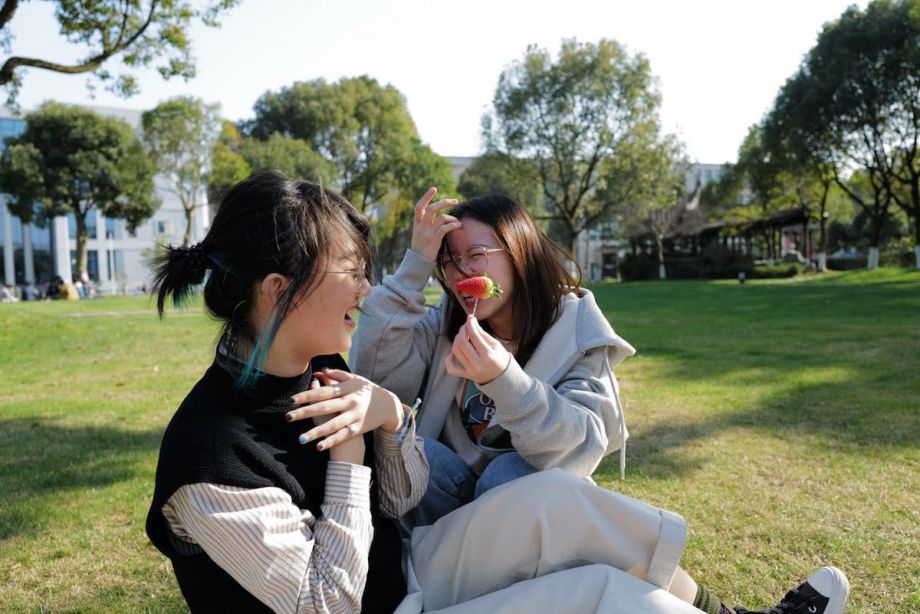

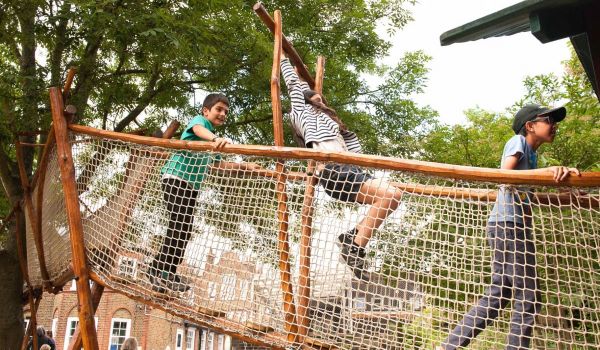

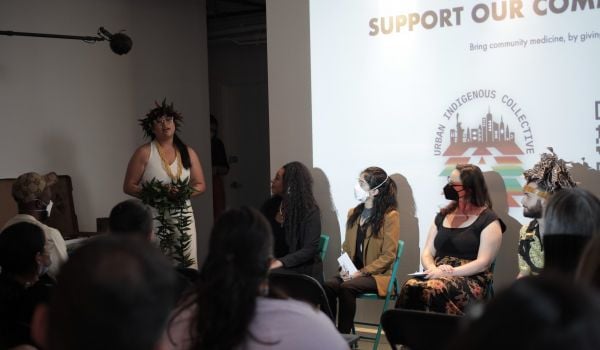

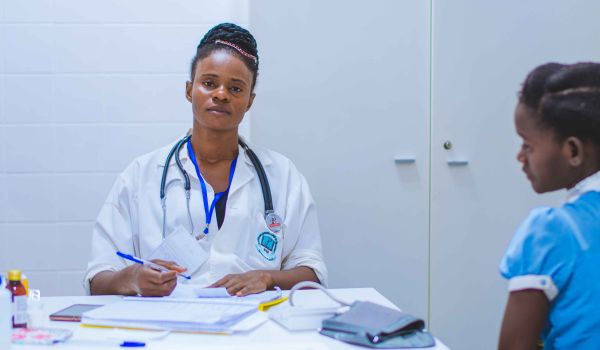

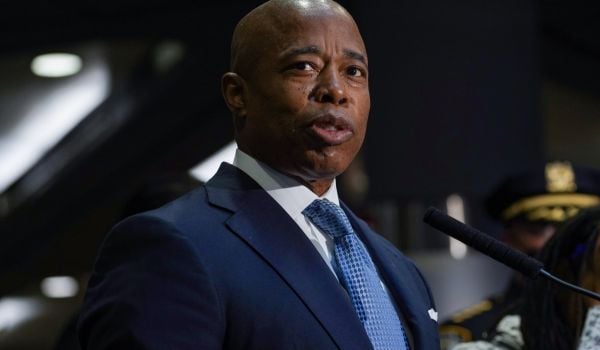







Add to the Discussion
Next City sustaining members can comment on our stories. Keep the discussion going! Join our community of engaged members by donating today.
Already a sustaining member? Login here.